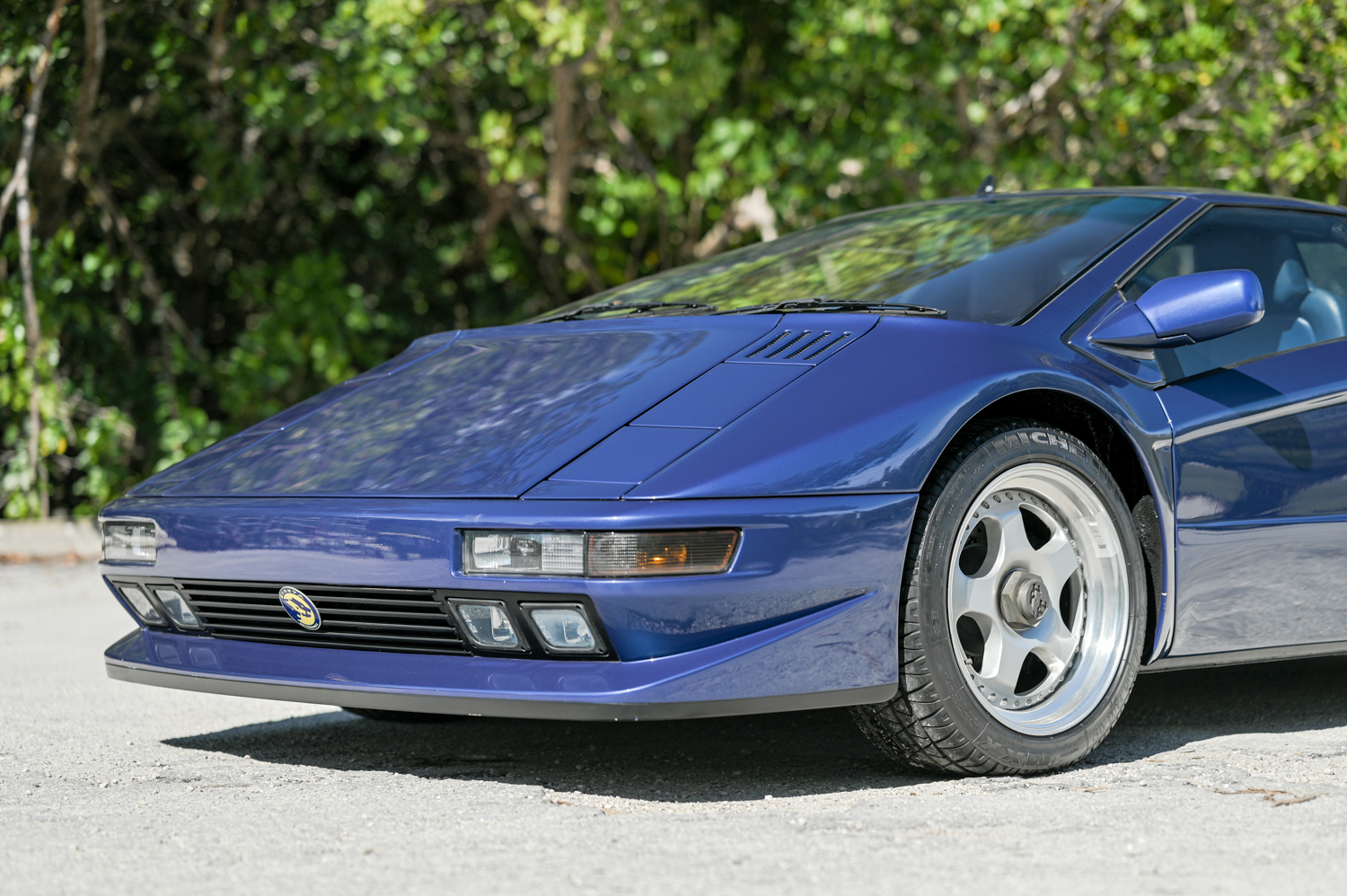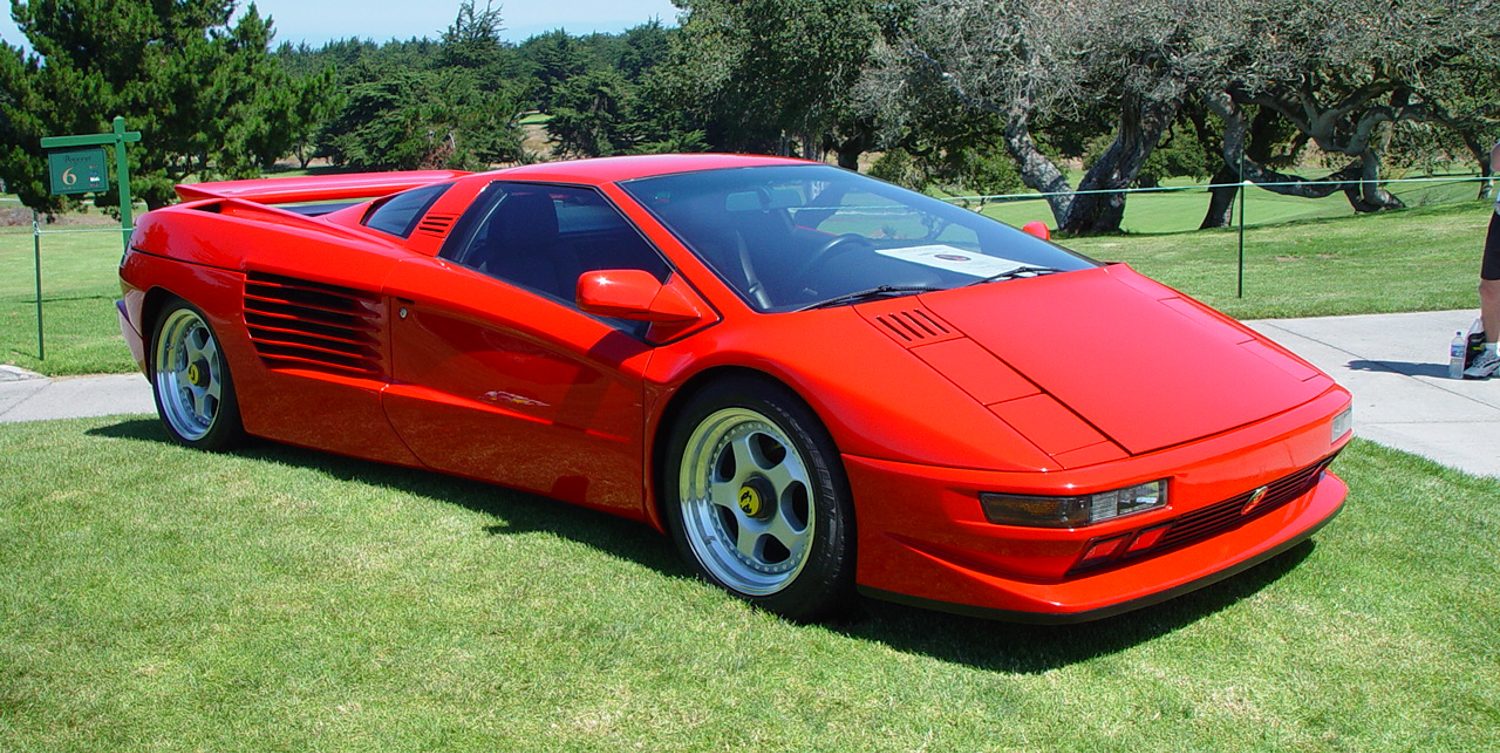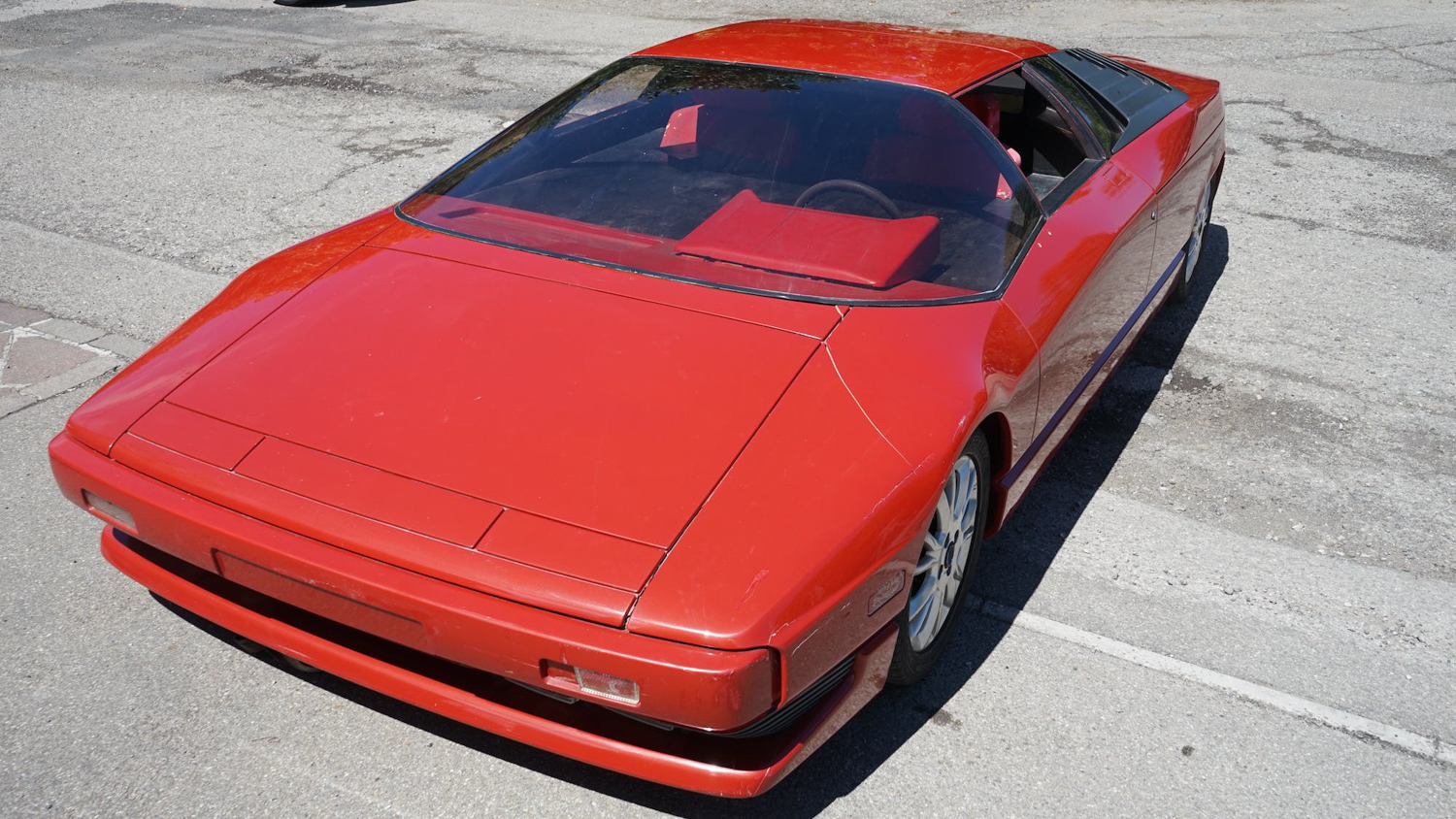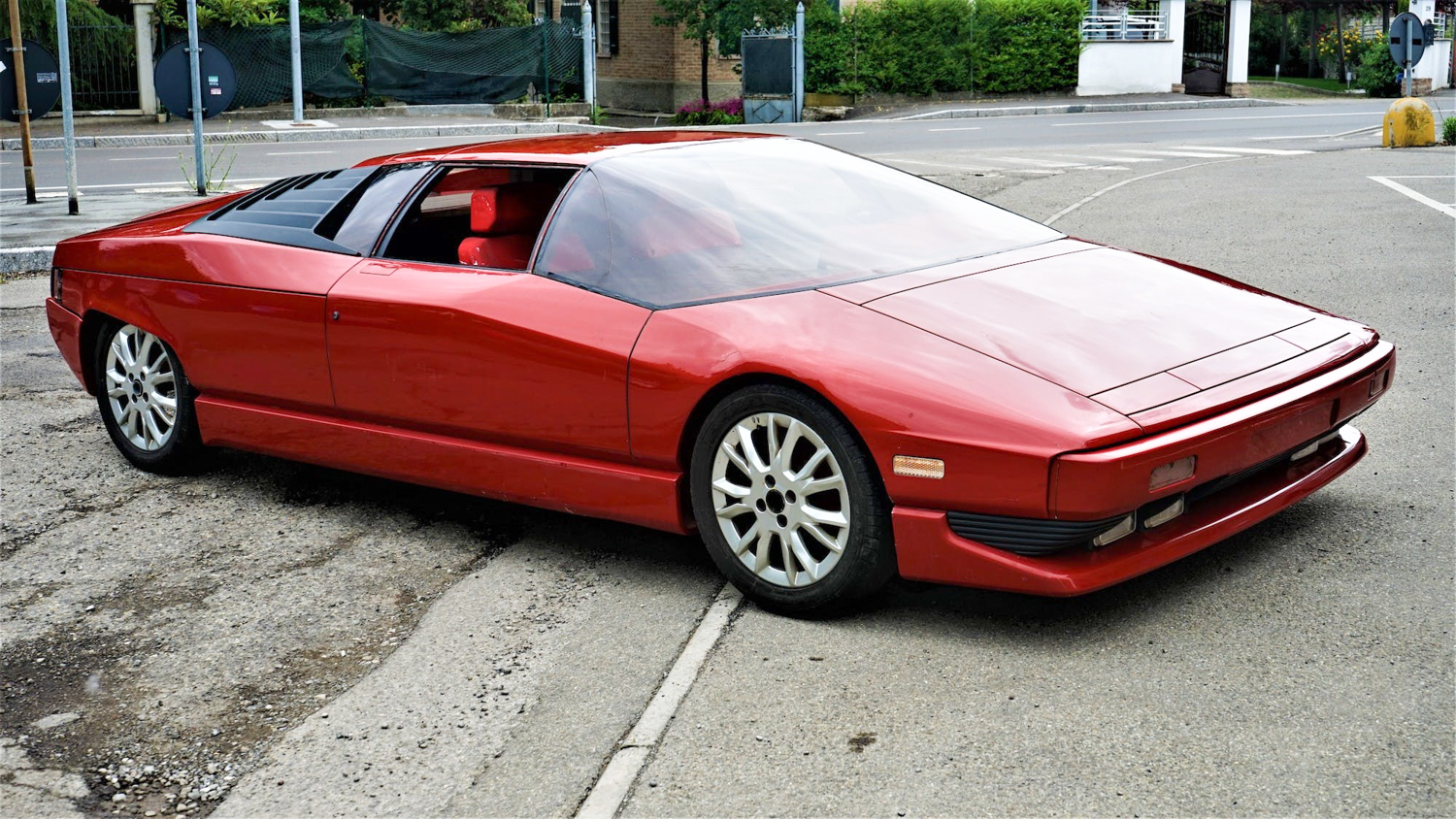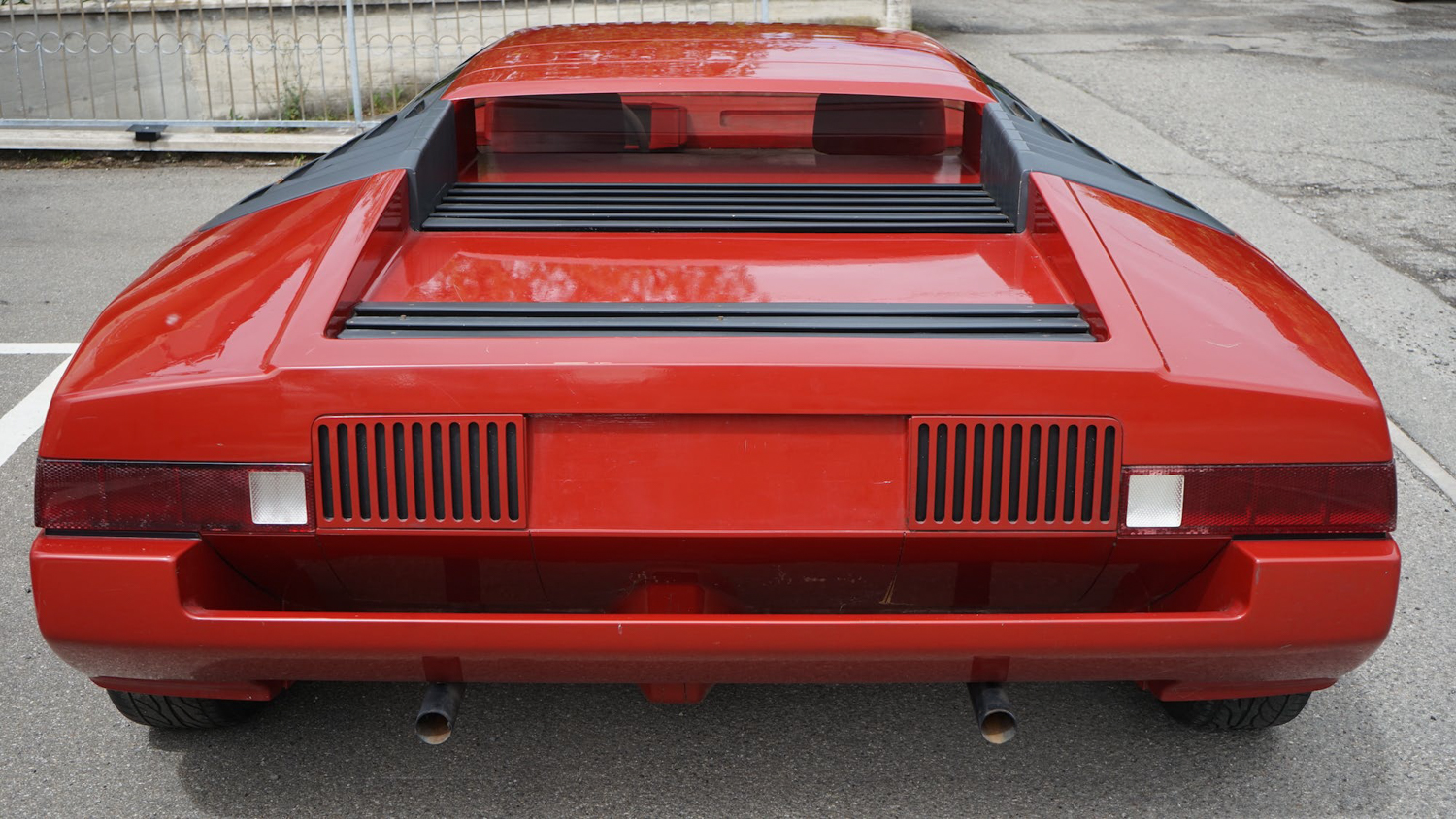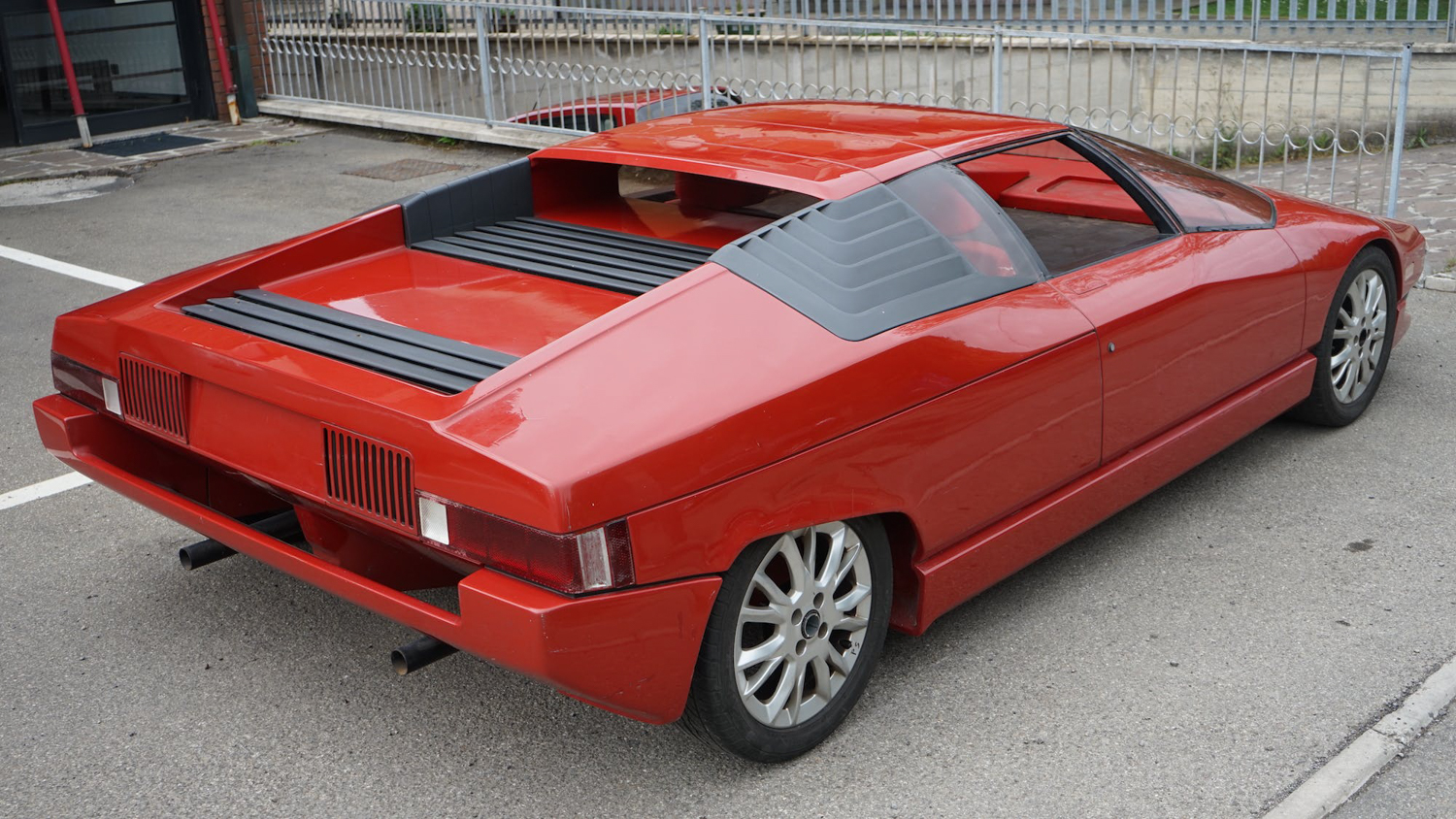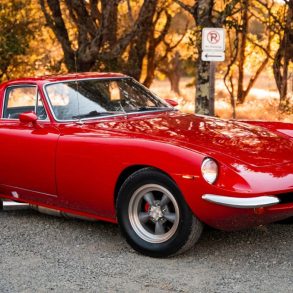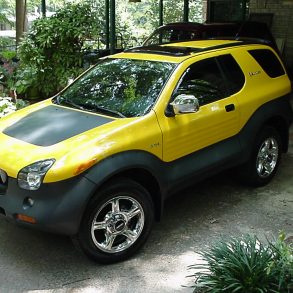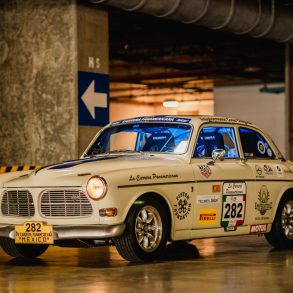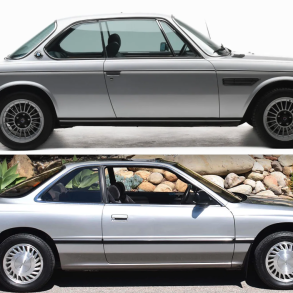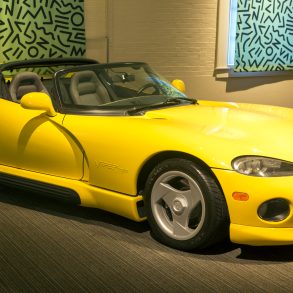Automotive history is riddled with innovators and entrepreneurs seeking the very best, most powerful, and dynamic sports cars bearing their own name. And while we are familiar with many of those names operating on shoestring budgets, hopes, and dreams, there are a few lesser-known examples that achieved premium levels of excellence in design and engineering, only to wind up as a footnote in automotive history.
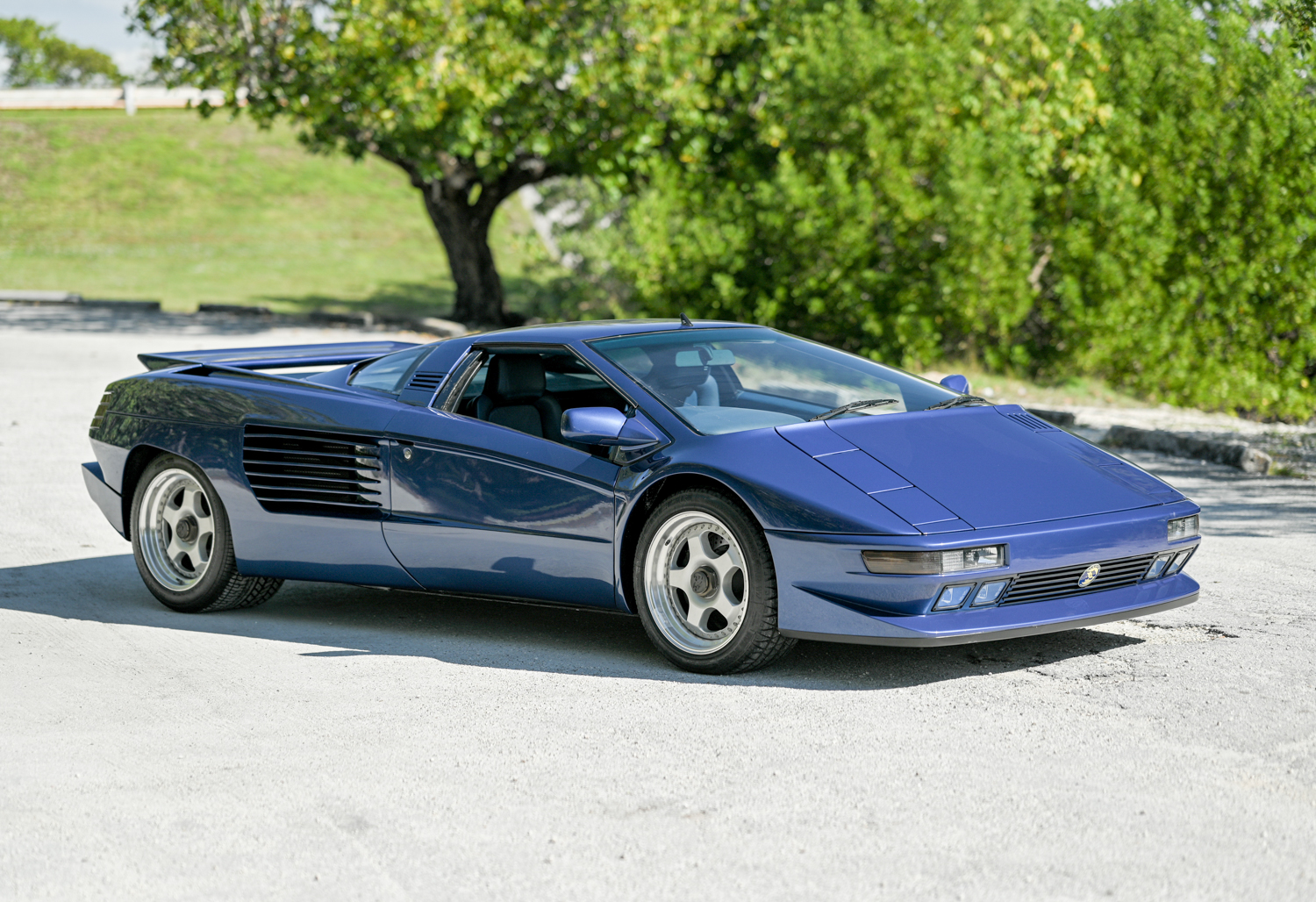
Sports cars have an irresistible allure. It’s no wonder that Shelby, DeLorean, Cheetah, and so many others didn’t build economy boxes or sedate sedans. Dreamers want to go fast, outdo top speed records, and chase the illusive 0-60 record within tenths of seconds. Such was the lure of one Claudio Zampolli, then, in the late 1980s, a middle-aged Italian with engineering experience at Lamborghini, who longed for a performance car to bear his name. Named originally from the pronunciation of his initials C (Cee) Z (Zetta), Zampolli leveraged his LA based exotic car dealership earnings to fund his supercar quest. Though originally a sole venture, Zampolli engaged award winning musical composer Giorgio Moroder as his financial partner, a key figure with the much-needed resources to develop the car.
From the start, the project received attention from some of the industry’s top talent to engage in the engineering and tubular spaceframe chassis construction required to achieve levels of excellence competitive with other top supercars of the period. Developed with full-body dimensions exceeding the Testarossa and Countach of the times, the Cizeta was powerfully wide, with an overall package that leveraged cab forward architecture and a transverse engine. Not content with V8 or even V12 power, a massive V16 engine—the first of its kind—was totally new when developed by Zampolli. Essentially two V8 engines transversely mounted, this behemoth would sit directly behind the driver and passenger, who could delight in the spooling up of 64 valves on Bosch fuel-injection, while eight overhead camshafts swarmed on song to produce 540 hp.
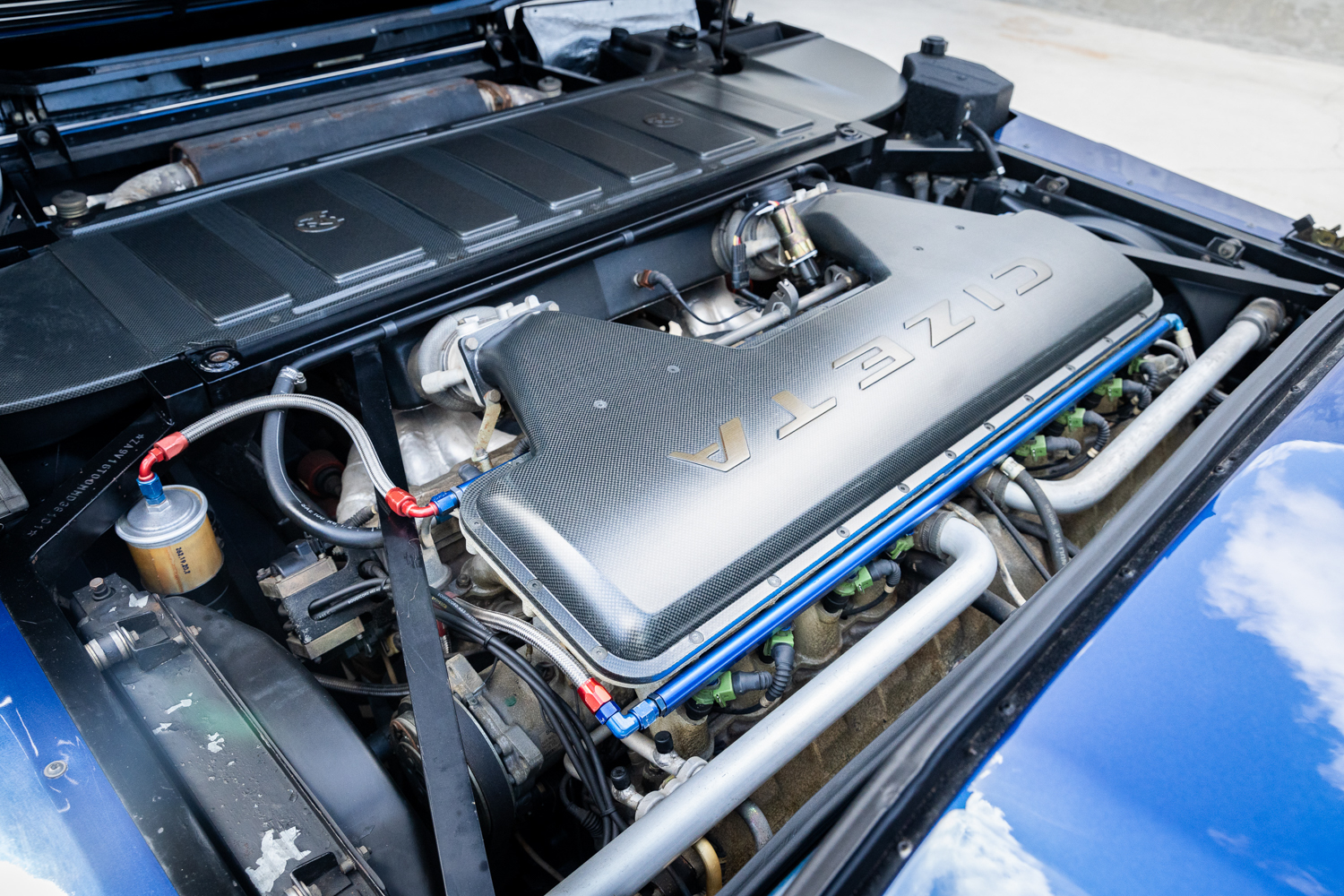
Not only were the engine stats impressive, so too were the braking and suspension features complete with light-alloy castings, Koni dampers, Brembo brakes, and other sophisticated suspension features directly derived from competition layouts. Like everything about the car, including the home manufacturing city of Modena, it was bespoke and of course, Italian, continuing into the design of the car, penned in the mid-1980s by Marcelo Gandini. In addition to being much easier to spell and pronounce than Giorgetto Giugiaro, Gandini must be considered among the top five most prolific and influential designers of the sports car idiom.

With his typical gusto and dramatic articulation of angular surfaces, Gandini composed a crisp, well-integrated design reflecting themes derived from his concept cars designed with Bertone. The design study radically evolved however with a more inflated body that captured the force of the cab forward design with the massively demanding visual impact of the rear of the car.
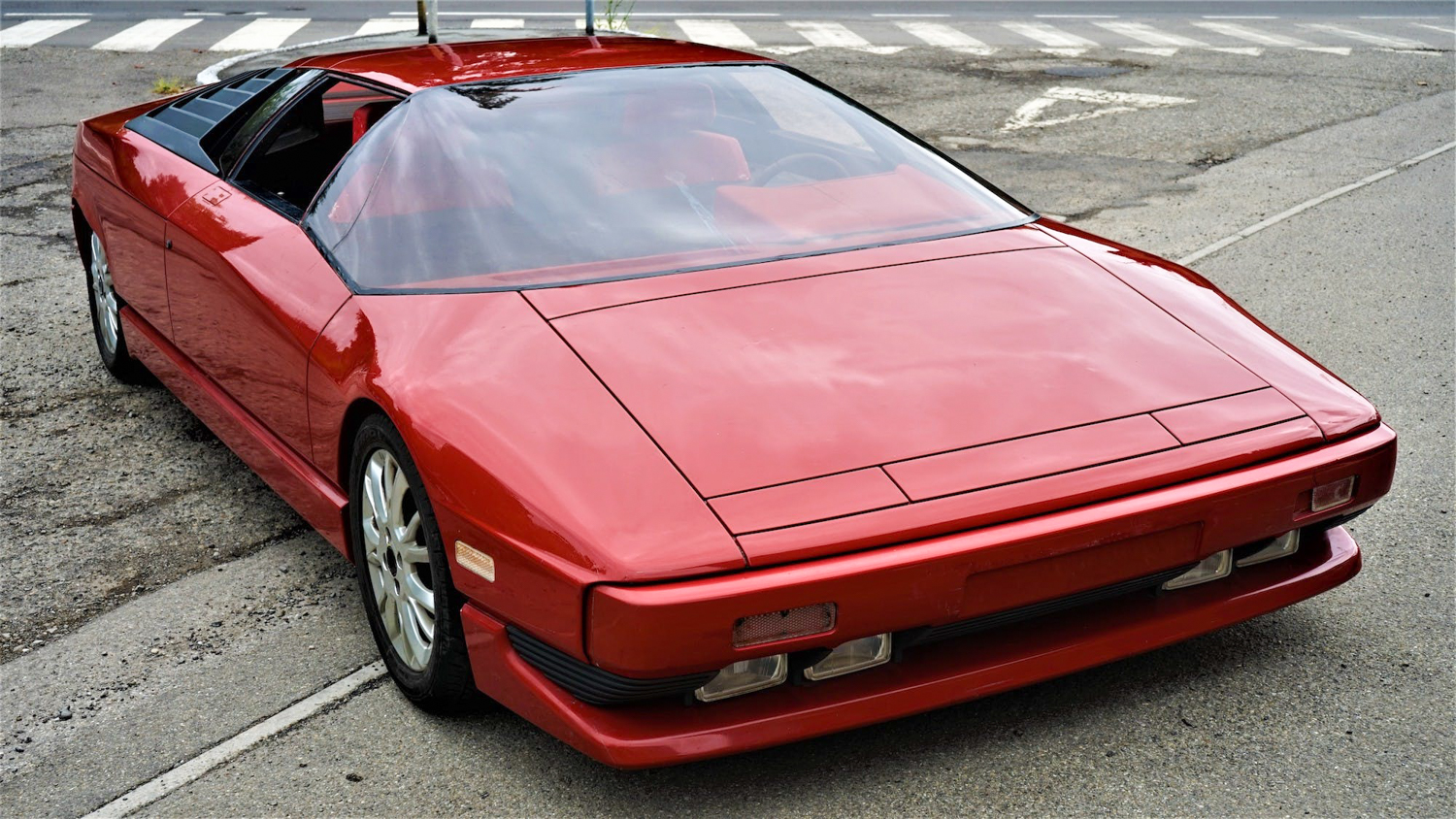
Though the design was finalized by 1988, development was strikingly similar to the design Gandini had originally submitted for the aging Countach, eventually known as the Diablo. As history would show, Chrysler, having just purchased Lamborghini, was unsatisfied with Gandini’s angular design, electing to subdue the aggressive lines with softened treatments more consistent with their emergent sedan architecture. Gandini, a master of polite outrage, applied his angst to the Cizeta design, resulting in the equivalent of three fingers flipped under the chin back at the U.S. owned Lamborghini.
Upon its release in 1991 the Cizeta, by this time having dissolved interests with Moroder, was priced at $350,000 and heralded as a 200+ mph supercar of the highest distinction. Initial orders were modest in part due to the price, but still, to his credit Zampolli built an initial 9 of the 14 cars originally ordered in the first year, followed by a handful of cars including a spider version. But with Moroder’s funds gone, Zampolli’s passion would not be enough to save the collapsing company. For many years after, Zampolli offered the car for sale, taking orders on the hopes that one or two new cars could keep the name alive. Up until 2018 you could still purchase one, albeit for upwards of $650k or $850k for the spider version, though none have yet to materialize.
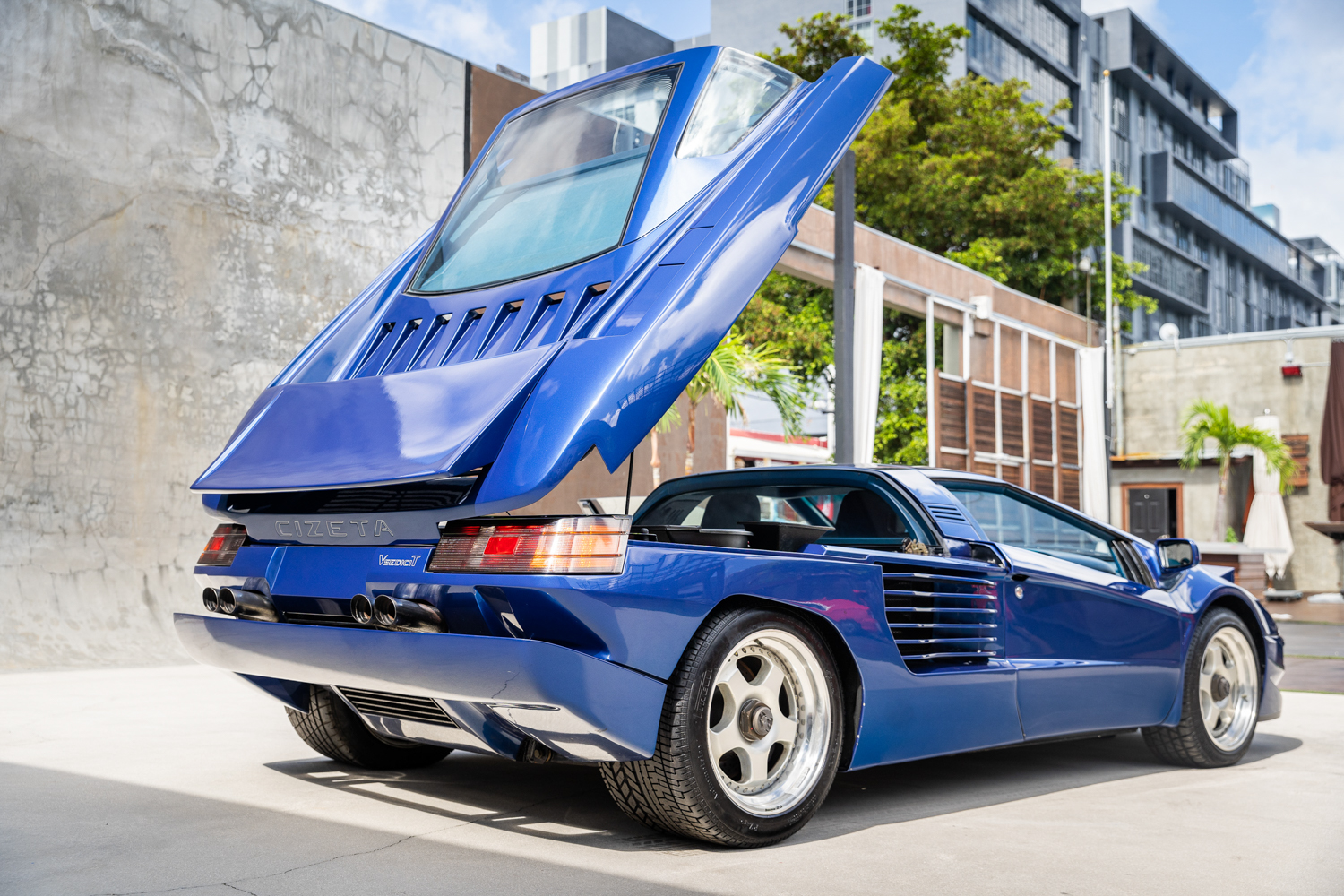
Studying the Cizeta-Moroder V16T one is immediately impressed by the sheer scale of this car. It is massive. Wider than a Testarossa and longer than most supercars in both length and wheelbase, the visual signature is one of dramatic expanse, particularly due to the wide angled windshield, slopped hood, and dramatic cab-forward presence. Although the first series design is heavily populated by strakes, vents, and linear elements (less distracting on darker color cars and removed in later series cars) the overall shape and basic package is very well resolved for the time. The rear width, while seemingly out of scale to the rest of the car, emerges quite well from the cab section, erupting outward, almost inflated by the speeds this car can achieve. The placement of the front wheels is extreme, enhanced by the drop-down A-post, descending side glass, and side vent recess that terminates in the front wheel pocket. Beautifully articulated from the roofline to the windshield, and cascading down the sloped hood, the smooth lines are only interrupted by the quad headlight arrangement stacked in a staired layout unique to this car. So unique in fact that when these cars are on display, owners will frequently raise the headlights to boast one of the many Cizeta V16T features.
Brash, aggressive, and totally Italian in both execution and national pride, the Cizeta-Moroder V16T was a marvel of engineering and daring. Positioned to be the leading supercar of the 1990s it could very well have changed the world of performance cars, but by the late 1980s, automobile design and manufacturing had already awakened from the frightening hiatus of good taste and horsepower as cars like the Viper, Corvette, Toyota Supra Turbo, and others were quickly earning premier performance marks at a fraction of the price. With the top automobile manufacturers leaning heavily on performance into the 1990s, the V16 powered Cizeta would become yet another example of uniquely designed sports cars driven by singular passion and perfection, yet destined to remain largely unknown today.
